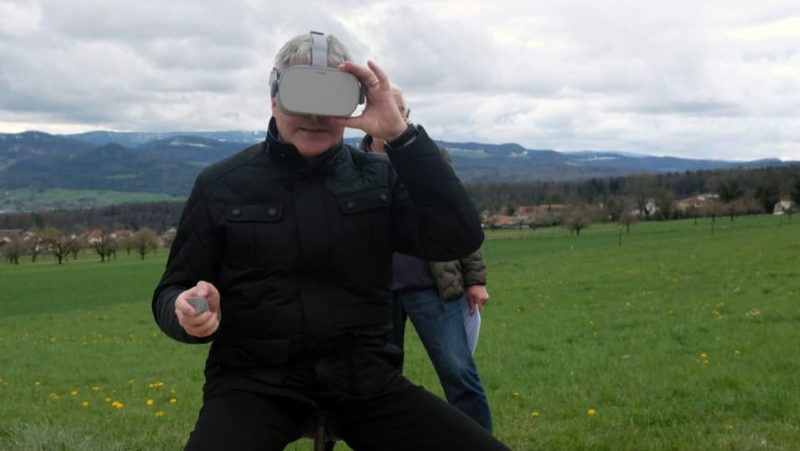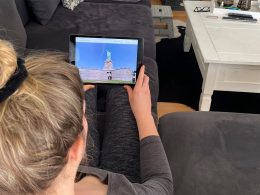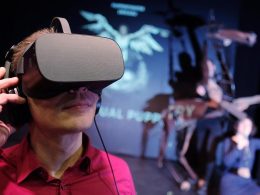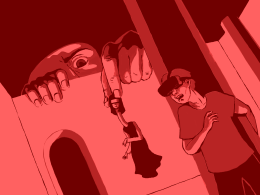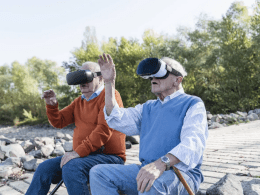With its successful land reform, the municipality of Blauen in Baselbiet is also celebrating a victory over a legacy from the Napoleonic era. A virtual reality (VR) project by ETH Zurich contributed to this.
Trust, virtual reality and ecological compensation areas as a solution
Blauen was also able to untie the Gordian knot only at the second attempt - with a multitude of efforts. The Federal Office for Agriculture was in charge. "Acceptance by the landowners and the community was the key to success," says Christian Hofer, Director of the Federal Office for Agriculture (FOAG). Blauen is a showcase project, also for the other 100 or so meliorations underway in Switzerland.
To gain trust, the FOAG also relied on modern technology. The population, farmers and landowners were not presented with abstract plans and maps, but with 3D representations, created as part of a Master's thesis at the Institute for Spatial and Landscape Development at ETH Zurich.
On large screens or with VR glasses, those affected were able to view the alleged benefits of land reform. "The key to success is that we were able to get everyone on board and no one was afraid of looking like a loser at the end," says FOAG Director Hofer.
Dismembered country - also because of an old Napoleonic law
And what does that have to do with Napoleoon? Until the 1980s, the Laufental and thus also the municipality of Blauen belonged to the canton of Bern. And there, the division of inheritance from the time of the French emperor still applied for a long time. This meant that in the event of death, landowners divided their land among all their children. As a result, the land was fragmented - and consequently also made life difficult for the farmers in Blauen.
Source: SRF / bazonline





